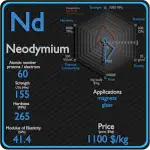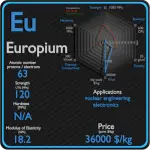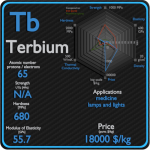This article contains comparison of key thermal and atomic properties of terbium and dysprosium, two comparable chemical elements from the periodic table. It also contains basic descriptions and applications of both elements. Terbium vs Dysprosium.
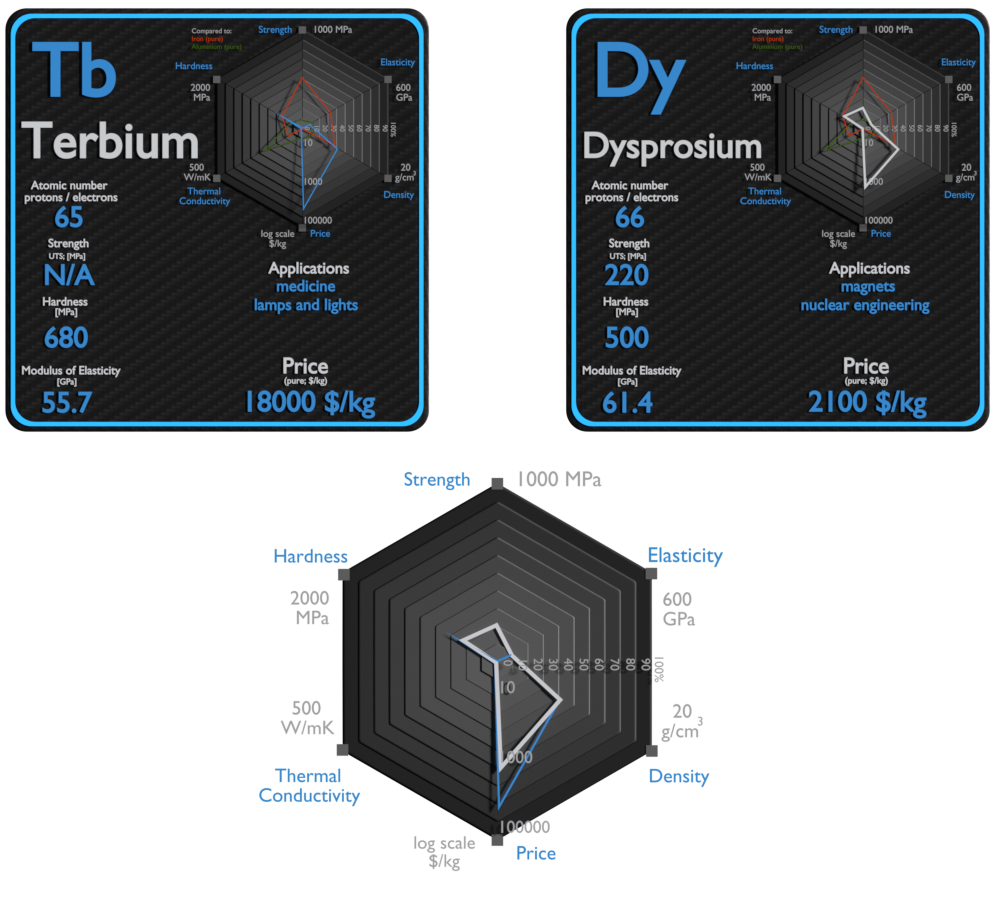
Terbium and Dysprosium – About Elements
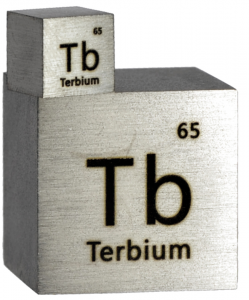
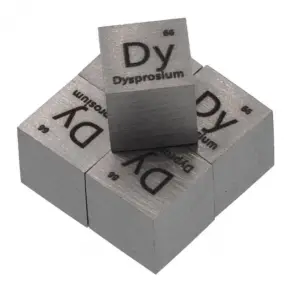
Source: www.luciteria.com
Terbium and Dysprosium – Applications
Terbium
Terbium is used as a dopant in calcium fluoride, calcium tungstate, and strontium molybdate, materials that are used in solid-state devices. It is also used in low-energy lightbulbs and mercury lamps. Terbium oxide is used in green phosphors in fluorescent lamps and color TV tubes. It has been used to improve the safety of medical x-rays by allowing the same quality image to be produced with a much shorter exposure time. Terbium salts are used in laser devices.
Dysprosium
Dysprosium is utilized in ferrites and magnetic alloys for microwave use. Dysprosium is increasingly in demand for the permanent magnets used in electric-car motors and wind-turbine generators. Special stainless steels alloyed with dysprosium are used in nuclear control applications, that is, nuclear reactor control rods. The candidate of a new absorber material for accident-tollerant control rods includes gadolinium (Gd2O3), samarium (Sm2O3), europium (Eu2O3), dysprosium (Dy2O3), hafnium (HfO2).
Terbium and Dysprosium – Comparison in Table
| Element | Terbium | Dysprosium |
| Density | 8.219 g/cm3 | 8.551 g/cm3 |
| Ultimate Tensile Strength | N/A | 220 MPa |
| Yield Strength | N/A | 200 MPa |
| Young’s Modulus of Elasticity | 55.7 GPa | 61.4 GPa |
| Mohs Scale | N/A | N/A |
| Brinell Hardness | 680 MPa | 500 MPa |
| Vickers Hardness | 860 MPa | 550 MPa |
| Melting Point | 1365 °C | 1412 °C |
| Boiling Point | 3123 °C | 2567 °C |
| Thermal Conductivity | 11 W/mK | 11 W/mK |
| Thermal Expansion Coefficient | 10.3 µm/mK | 9.9 µm/mK |
| Specific Heat | 0.18 J/g K | 0.17 J/g K |
| Heat of Fusion | 10.8 kJ/mol | 11.06 kJ/mol |
| Heat of Vaporization | 330.9 kJ/mol | 230.1 kJ/mol |

